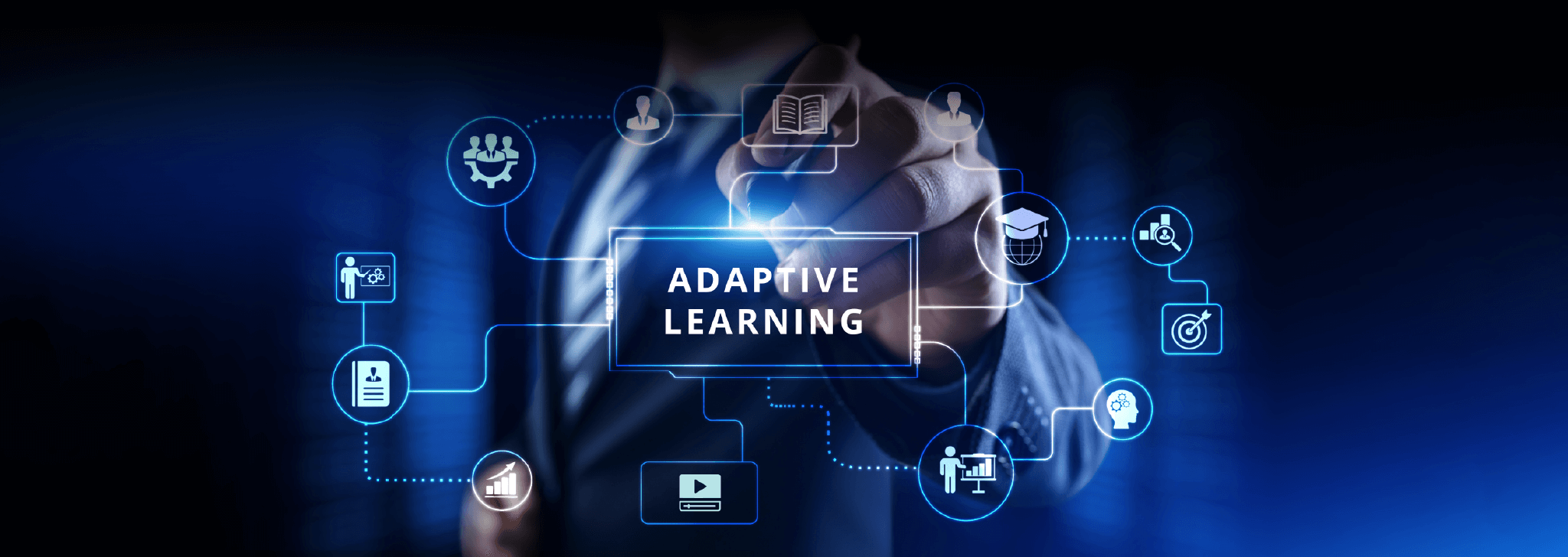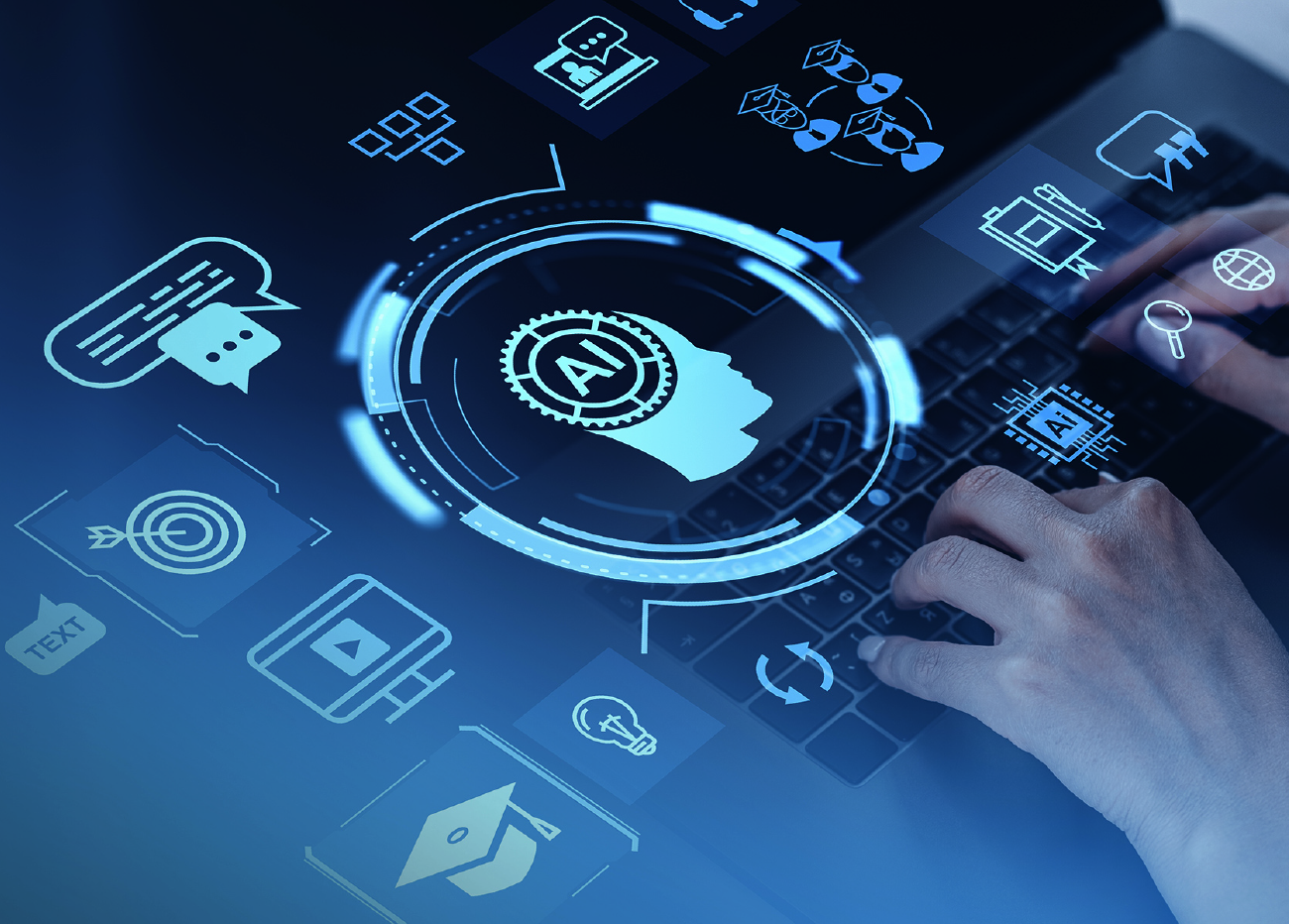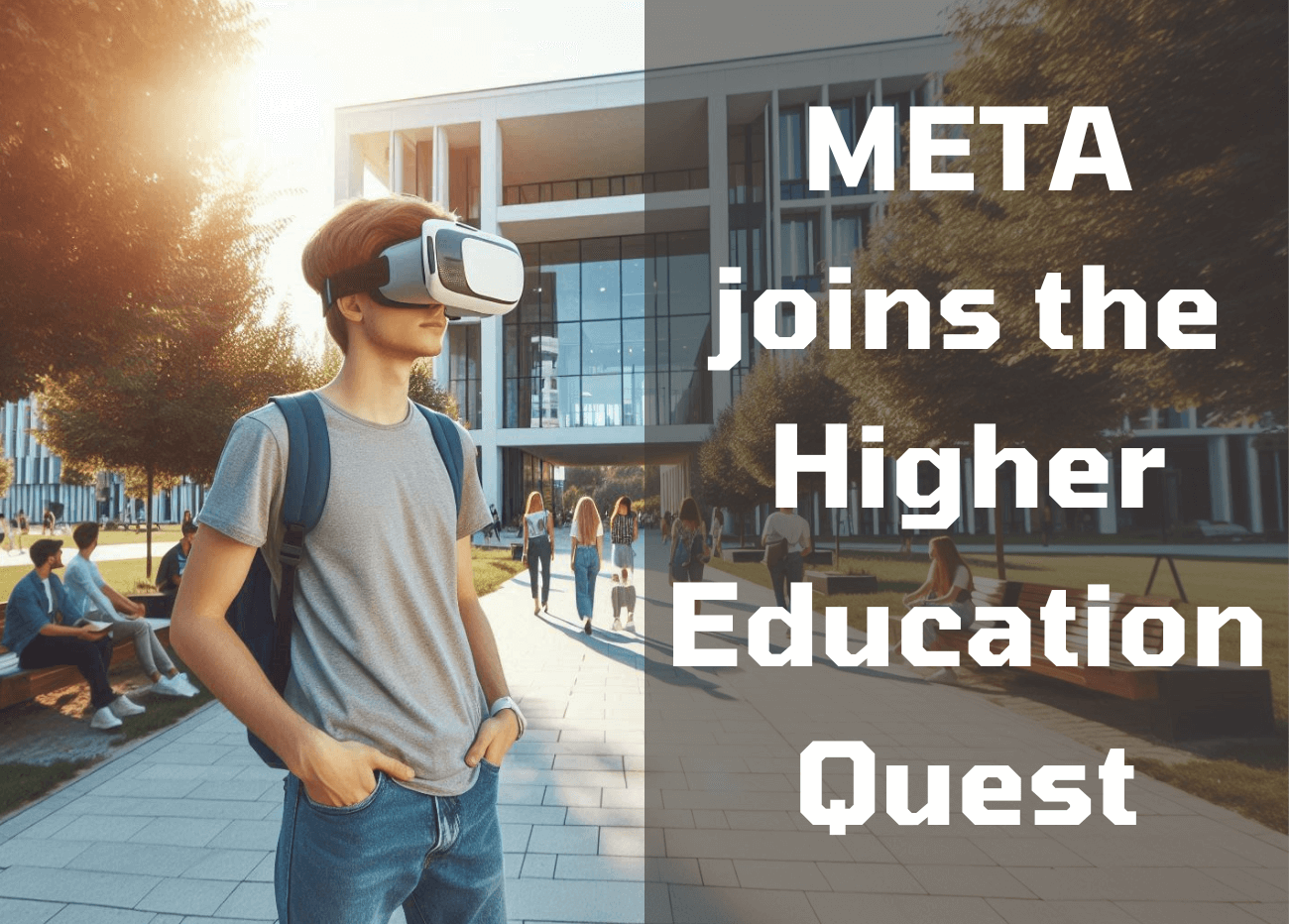Adaptive Learning: How Technology is Tailoring Education to Individual Needs
Introduction
Traditional e-learning platforms often present the same content and activities to all learners, without considering their unique characteristics and needs. The same learning processes are experienced by all students in the existing conventional e-learning settings, since education has historically followed a “one style fits all” approach.
With advancements in AI and education, adaptive learning is revolutionizing how students engage with content, ensuring personalized, efficient, and data-driven learning experiences. UNESCO emphasizes that AI in education offers a unique opportunity to transform teaching and learning methods and address major educational challenges, while underlining the need for policies that focus on inclusion and equity in the implementation of AI in education.
As part of our series on Trends in Higher Education eLearning, this article explores how learning technology is reshaping education by catering to individual needs, enhancing engagement, and improving outcomes.
What is Adaptive Learning?
The concept of adaptive learning in e-learning revolves around the idea that learners have diverse backgrounds, learning preferences, and cognitive abilities.
Adaptive learning can be defined as a pedagogical approach that utilizes advanced technologies, particularly machine learning algorithms, to tailor educational content, instructional strategies, and assessment methods to individual learners. It aims to adapt the learning process in real time, based on each learner’s performance, preferences, knowledge level, and learning style.
AI-powered adaptive learning systems consist of multiple interconnected components that work together.
Learner modeling involves creating and maintaining individual learner profiles, as well as collecting data such as assessment scores, learning preferences, progress tracking and even socio-emotional factors.
Content customization uses AI algorithms to dynamically adjust the complexity, format, order, and delivery of learning materials based on learner profiles and real-time feedback.
Feedback mechanisms in adaptive learning systems provide timely and customized feedback to learners, allowing them to monitor learner progress, identify opportunities for improvement, and make necessary adjustments.
Unlike static curricula, these systems analyze real-time data—such as response accuracy, time spent on tasks and knowledge gaps—to deliver customized learning pathways.
Key Components of Adaptive Learning
- AI-Driven Personalization – AI provides capabilities such as machine learning algorithms, predictive analytics and natural language processing to collect and analyze large amounts of data. Algorithms assess learner behavior to modify task sequence and difficulty levels, suggest resources and reinforce weak areas.
- Real-Time Feedback – Immediate corrections and explanations help students understand mistakes without waiting for instructor input. They can monitor their progress, identify opportunities for improvement, and take ownership of their learning by receiving targeted and timely feedback. Educators will benefit from valuable insight into student progress and achievement, enabling them to identify troubled students, offer targeted interventions, and adjust teaching strategies accordingly.
- Data Analytics – Educators gain insights into student progress, enabling targeted interventions.
The Role of AI in Adaptive Learning
AI is the backbone of modern adaptive learning platforms, enabling:
1. Personalized Learning Paths
AI analyzes individual strengths and weaknesses, adjusting content to suit each student’s needs. For example, if a learner struggles with algebra, the system provides additional exercises or alternative explanations before advancing.
2. Enhanced Engagement & Motivation
By eliminating redundant content, AI keeps learners engaged with material that matches their proficiency level. Gamification elements (e.g., quizzes, badges) further boost motivation. Students who are engaged in the learning process are more likely to retain information and achieve better academic outcomes.
3. Scalability & Accessibility
AI-driven educational platforms enable institutions to provide tailored learning experiences at scale, ensuring equitable access to personalized instruction. This approach supports diverse student needs across large in-person cohorts and geographically dispersed learners, breaking down traditional barriers of classroom size or location. Institutions benefit from improved student outcomes, increased engagement and scalability when delivering education at scale.
4. Conversational AI in Education
Conversational AI empowers computers to engage with humans using natural language, transforming the way students interact with educational content. In learning environments, this technology enhances student support by providing instant feedback, answering queries, and guiding learners through complex subjects. AI-driven chatbots can evaluate assignments, offer personalized assistance, and adapt to diverse learning needs and educational contexts, fostering a more interactive and effective learning experience.
5. Enhanced Assessment
Assessment plays a crucial role in education, enabling educators to evaluate teaching effectiveness and identify areas for improvement. However, traditional methods, such as multiple-choice tests, often fall short in capturing a student’s true learning progress. AI and education are transforming assessment through adaptive learning technologies that provide real-time insights into student performance. These intelligent systems track progress, pinpoint areas of difficulty, and deliver personalized feedback, ensuring each learner receives the support they need thus creating a more responsive and effective assessment framework that adapts to individual learning paces and enhances overall student success.
6. Better Accessibility
One of the greatest advantages of AI and education is its ability to improve accessibility, making high-quality learning resources available to all students, regardless of their ability or background. Adaptive learning powered by learning technology helps break down traditional barriers by personalizing educational experiences to meet diverse needs. Learners with disabilities can benefit from AI-driven assistive technologies that support their unique learning requirements.
7. Empowering Educators with AI and Adaptive Learning
AI in education is revolutionizing the way teachers support their students by streamlining assessments, tracking progress and identifying learning gaps. With the help of adaptive learning technologies, educators can provide personalized feedback tailored to each student’s needs, ensuring more effective instruction. By automating routine tasks, such as performance monitoring and data analysis, learning technology frees up valuable time for teachers to focus on lesson planning, classroom engagement, and individualized student support.
Challenges & Ethical Considerations
Despite its advantages, adaptive learning faces hurdles:
1. Data Privacy & Security
Collecting student performance data raises concerns about misuse. Institutions must implement strict GDPR-compliant measures. Ethical considerations such as informed consent, responsible use of data, and transparency should guide the development and implementation of AI-powered adaptive learning systems.
2. Over-Reliance on AI
While AI enhances learning, human educators remain essential for fostering critical thinking and emotional intelligence. Recognizing that AI is a tool that enhances and supports, rather than replaces, human expertise, effective collaboration between humans and AI is essential to harness the strengths of both.
3. Bias Mitigation
Algorithmic bias must be mitigated to ensure fairness, impartiality, and inclusiveness in the learning experience.
The Future of Adaptive Learning
As artificial intelligence converges with pedagogical innovation, the future of adaptive learning points toward three interconnected frontiers:
- AI Tutors – Next-generation virtual mentors will go beyond basic assistance, offering hyper-personalized academic guidance that mirrors human intuition. These AI-driven systems will analyze individual learning patterns in real time, delivering contextual feedback, clarifying misconceptions, and curating resources aligned with each learner’s pace and objectives.
- Immersive Learning – The fusion of adaptive algorithms with immersive technologies like virtual and augmented reality will cultivate rich, multisensory educational environments. Learners might manipulate 3D molecular structures in biochemistry, navigate historical reenactments or troubleshoot engineering scenarios through interactive simulations. This combination of digital immersion and adaptive scaffolding will deepen conceptual mastery by anchoring abstract theories to tangible, spatially dynamic experiences.
- Predictive Analytics – Advanced machine learning models will shift institutional focus from reactive to predictive support, identifying subtle patterns in engagement, performance, and socio-emotional indicators. By flagging potential knowledge gaps or disengagement risks before crises emerge, educators can deploy targeted interventions. This anticipatory approach not only strengthens retention but also enables curricula to evolve dynamically, informed by aggregate learner data and emerging cognitive science insights.
Collectively, these advancements herald a future where education becomes a fluid, responsive partnership between human expertise and algorithmic precision. By prioritizing adaptability across modalities, the next era of learning will empower institutions to nurture individual potential while addressing systemic inequities in global access to quality instruction.
- Debdut Pramanickhttps://www.mitrmedia.com/resources/blogs/author/debdutp/
- Debdut Pramanickhttps://www.mitrmedia.com/resources/blogs/author/debdutp/
- Debdut Pramanickhttps://www.mitrmedia.com/resources/blogs/author/debdutp/
- Debdut Pramanickhttps://www.mitrmedia.com/resources/blogs/author/debdutp/




